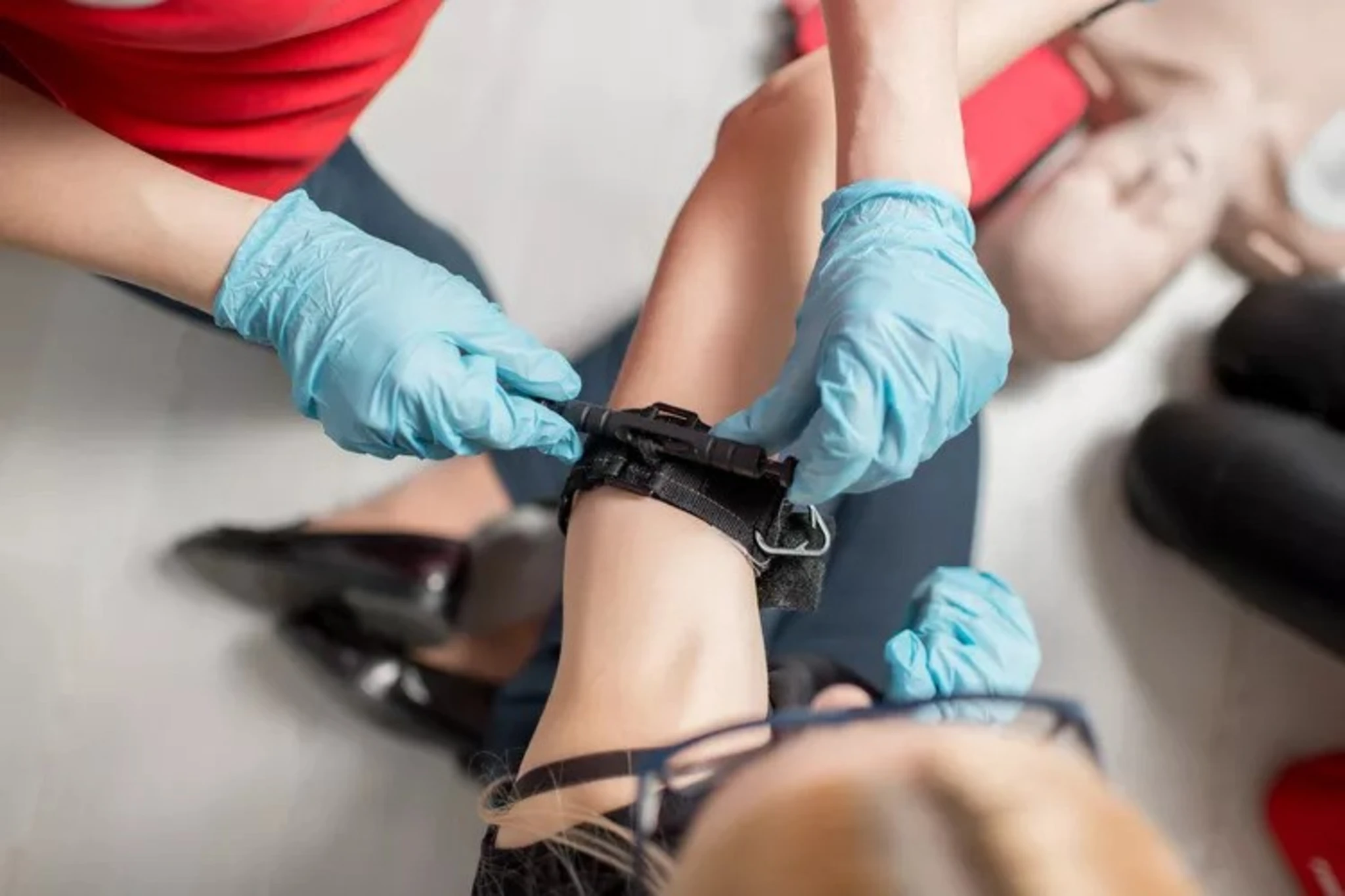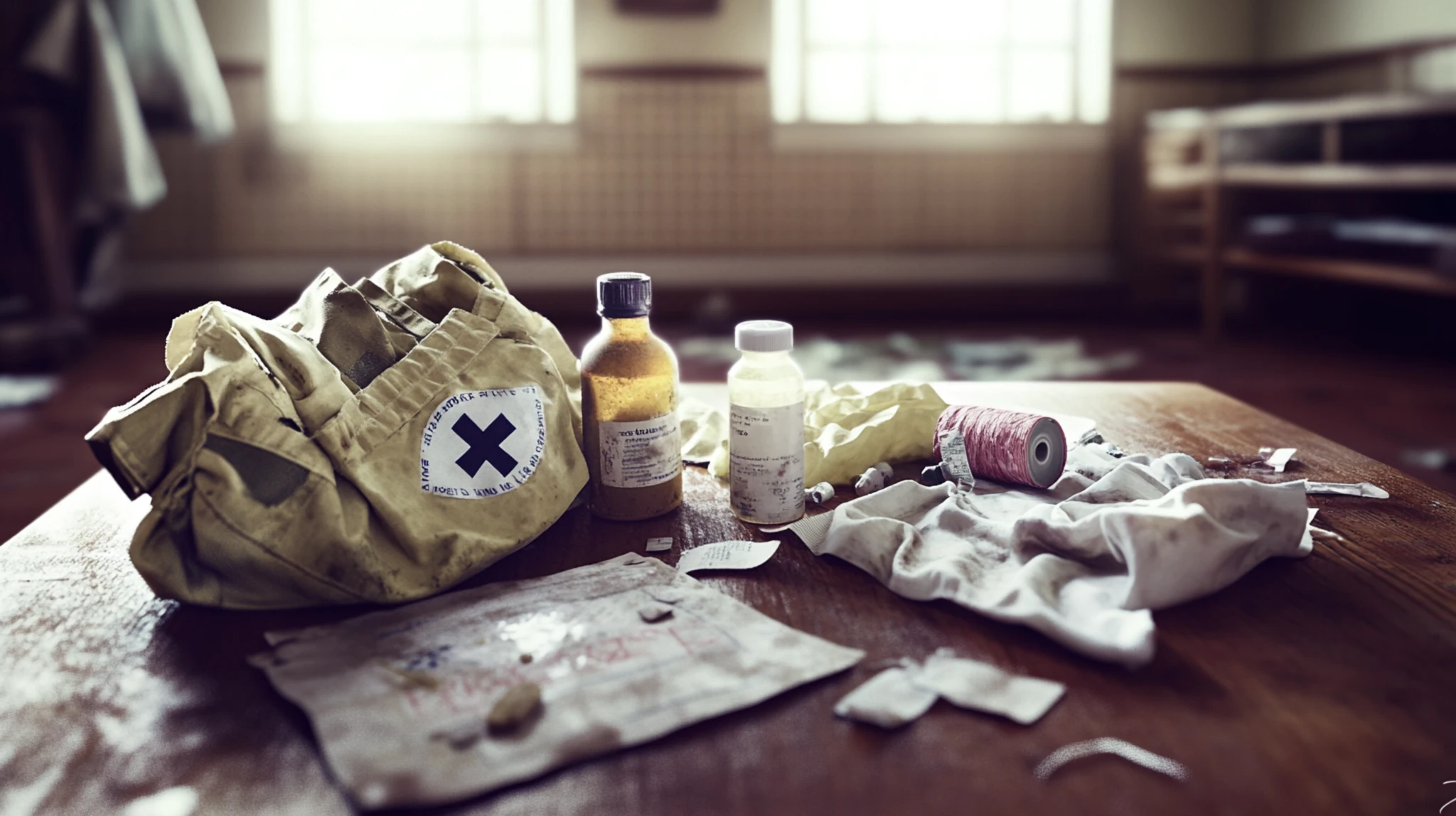Most survival discussions focus on food, water, and fire. But for millions of people, survival hinges on something far more personal—keeping the heart beating in a world where medicine cabinets empty and hospitals no longer exist. Heart disease is the leading cause of death worldwide, and high blood pressure silently affects one in three adults. In a collapse scenario, the threat isn’t just hunger or exposure—it’s the sudden absence of pills, doctors, and emergency rooms.
This reality rarely makes it into prepper conversations. Yet, if we ignore it, entire families risk losing their most vulnerable members not to bullets or starvation, but to strokes and heart attacks. The question becomes: how do you protect your heart—or the heart of someone you love—when the world falls apart?
Understanding the Silent Killers
The heart is a durable pump, but it’s also unforgiving. When it malfunctions, consequences are swift. High blood pressure (hypertension) damages arteries over time, making them stiff and narrow. Without treatment, this silent strain leads to strokes, heart failure, and kidney damage.
Other common threats include atrial fibrillation (irregular heartbeat that can cause clots), coronary artery disease (blocked arteries starving the heart of oxygen), and sudden cardiac arrest. Normally, we lean on daily prescriptions, routine checkups, and emergency interventions to manage these. Remove those systems, and you face the raw reality of the body under stress.
The Role of Stress in Collapse
It’s not just missing medication that puts the heart at risk—it’s the conditions of survival itself. Fear, exhaustion, poor diet, and dehydration all elevate blood pressure. Even young, healthy people can suffer cardiac events when thrust into extreme circumstances. Long hours of carrying loads, poor sleep, and constant alertness add invisible strain.
In short: the collapse isn’t just a background for heart trouble. It’s an amplifier. Recognizing that means you can prepare differently—not just with gear, but with lifestyle changes long before disaster strikes.
Practical Preparation Before Crisis
If you or someone in your circle relies on heart medication, the best preparation happens before the collapse. Stockpiling prescriptions where possible is vital. Some doctors will write 90-day scripts; some insurers allow early refills. Even a few extra weeks of medication buys time for adaptation. Store them in cool, dry, airtight conditions to prolong their potency.
But medicine isn’t the only line of defense. Building resilience into the body pays dividends. Losing excess weight, reducing salt, quitting smoking, and moderating alcohol intake reduce stress on the cardiovascular system. Think of it as fortifying your most important organ ahead of the storm. The healthier your baseline, the more margin you have if pills run out.
When the Pills Are Gone
So what happens when your supply finally ends? That’s where knowledge and discipline step in. Diet becomes medicine. Cutting salt intake, increasing potassium through foods like beans and dried fruits, and relying on whole grains and fresh greens (whether foraged or grown) helps control blood pressure naturally. Exercise matters, but intensity must be balanced—long hikes with heavy loads can trigger crises, while steady movement strengthens the heart.
Natural remedies have a place too, though they should never be mistaken for perfect substitutes. Garlic, hawthorn, hibiscus tea, and omega-rich foods like fish and flaxseed have shown modest benefits in lowering blood pressure or supporting heart health. They won’t replace modern drugs, but they can reduce strain when nothing else is available.
Recognizing Emergencies
Even with preparation, emergencies will happen. Knowing the signs can mean the difference between life and death. Chest pain or pressure that radiates to the arm or jaw, sudden shortness of breath, weakness on one side of the body, or slurred speech—all demand immediate response.
Without hospitals, options are limited, but not hopeless. Keep aspirin in your stockpile; chewing one at the first signs of a heart attack can reduce clotting. Learn basic CPR—it might be the only chance if someone collapses. And above all, rest when symptoms appear. Pushing forward in survival situations often worsens the outcome.
The Role of Community
Survivalists often picture themselves as lone wolves, but the truth is, health crises are nearly impossible to manage alone. Having trusted people around means someone can watch for warning signs, administer aid, or take over strenuous tasks if your heart falters. Community isn’t just about defending resources—it’s about keeping each other alive when bodies fail.
Preparing the Most Vital Organ
The collapse will test every part of us—our skills, our willpower, and our endurance. But the heart is both a symbol and a literal lifeline. Preparing it deserves as much focus as stockpiling beans or ammo. That means acting now: strengthening your body, storing your medicines, learning natural supports, and building a network that won’t let you face cardiac emergencies alone.
Because survival isn’t just about fighting enemies or braving the wilderness. Sometimes it’s about facing the most ancient enemy of all—the frailty of the human body—and beating the odds long enough to keep moving forward.



